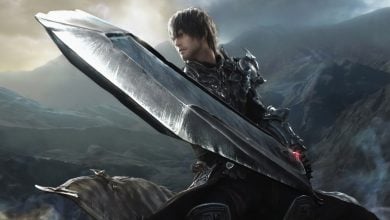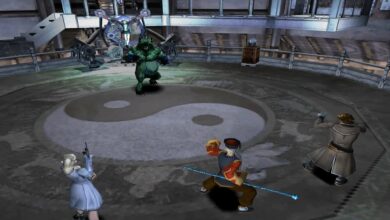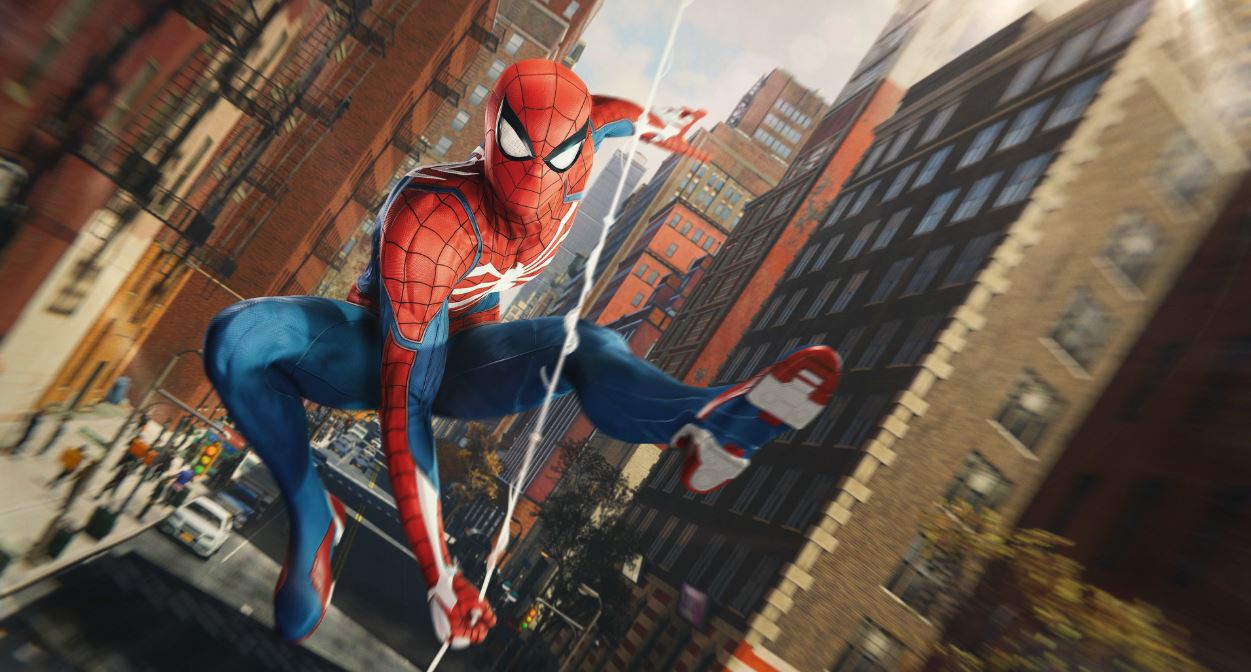
When it comes to video game mechanics, one of the most controversial of them is Quick-Time Events, or QTEs for short. These are random button presses spliced into cutscenes or other scripted moments, usually during action scenes or some insane set piece, and are present in most modern games, from Sony’s God of War to the newest Spider-Man.
While the purpose of QTEs is to keep the player engaged during moments of downtime, they are considered by many to be a lazy or at worst a frustrating way to increase engagement. QTEs have still been present in modern games, although the number of games that directly use them has decreased substantially.
Major Takeaways:
- More lenient timings for parries, attack windows, and QTEs.
- Less harsh punishments for failing in the aforementioned interactions.
Sony itself seems to agree with this assessment as they’ve not only been making their QTEs more diegetic, but as spotted by Gamesual, they’ve also patented a new system that attempts to make QTEs and other timed interactions generally more forgiving for the players.
According to the patent, it’s been done by using motion sensors to read an average player’s reaction time and adjusting the timing based on the results.
Another change is that the timing for these kinds of interactions is more lenient. This is achieved by enlarging the hit zones. For example, if you attack too early, the game will read your intention and will widen the hit zone to a state where your attack still connects to the enemy.
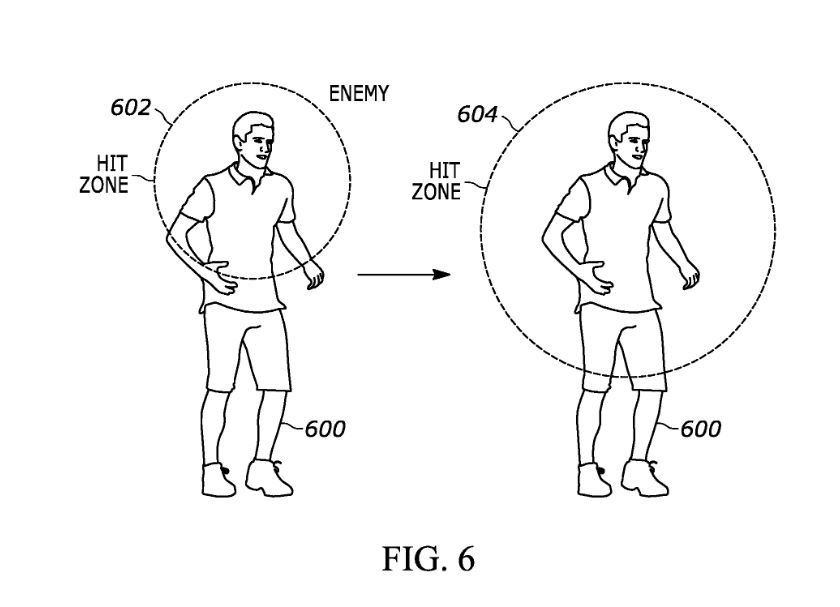
The description of the figure reads,
In Figure 6, an enemy character 600 in the simulation may be emulated as being killed or severely wounded if the player successfully attacks the character 600 within a relatively small hit zone 602. The player may have reacted correctly but too late or too inaccurately to implement the attack within the hit zone 602, in which case the game is altered by, for future events or for the present event, enlarging the hit zone to the larger size 604 shown in Figure 6.”
Another detail mentioned in the patent is to reduce the punishment for failing these kinds of interactions, for example, reducing the damage you take for a failed parry or a failed QTE. This is shown in the figure below:

The figure is described as,
A game character 500 associated with the player or user is being attacked in the computer simulation by adversary character 502 wielding a weapon 504. The player may have reacted correctly but too late to deflect the attack, in which case the game is altered from the player character 500 dying or being severely incapacitated to being afflicted with a lesser injury, such as a flesh wound as indicated at 506.”
Usually, developers find other more diegetic ways to implement QTEs in their games, so they feel like a natural part of the game itself. Most Sony games are particularly clever about this as these are present in most of their games from God of War 2018 to Uncharted 4.
Sony has been pushing the bar for accessibility farther than most other companies right now, with tons of options to make things less frustrating for players who have disabilities. For example, Marvel’s Spider-Man lets the players not only alter if they want to mash or hold the buttons, it also just lets players disable QTEs altogether.
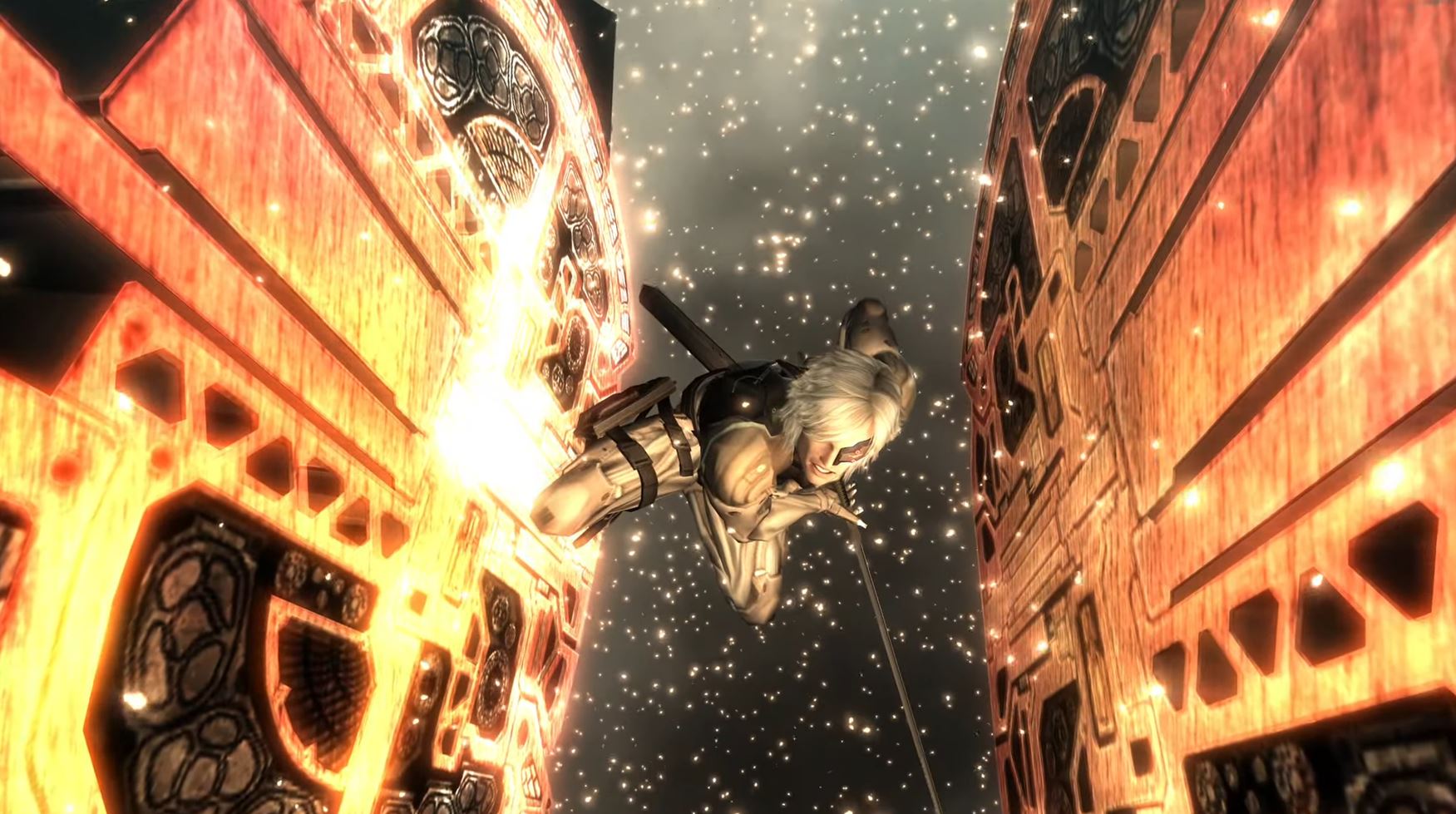
QTEs are not always bad, in some cases, they make the experience more fun and exciting.
The Yakuza/Judgment games, most of Platinum’s Games like Bayonetta, Metal Gear Rising, and The Wonderful 101, and CyberConnect2’s games like the Naruto Ninja Storm series and Asura’s Wrath do a fantastic job in making QTEs one of the most exciting parts of their experience.
Even Sony itself struck gold with these in the old God of War games. As they not only rewarded you with an extremely satisfying death animation but also gave different rewards based on whether you decided to execute enemies with a QTE or not, adding a layer of strategy to the combat in those games.
In many cases, however, they are usually very poorly implemented. Especially when they diminish the excitement of a climactic moment or set piece. That makes it certainly interesting to see Sony making changes to make things more forgiving for casual players.
Thanks! Do share your feedback with us. ⚡
How can we make this post better? Your help would be appreciated. ✍
